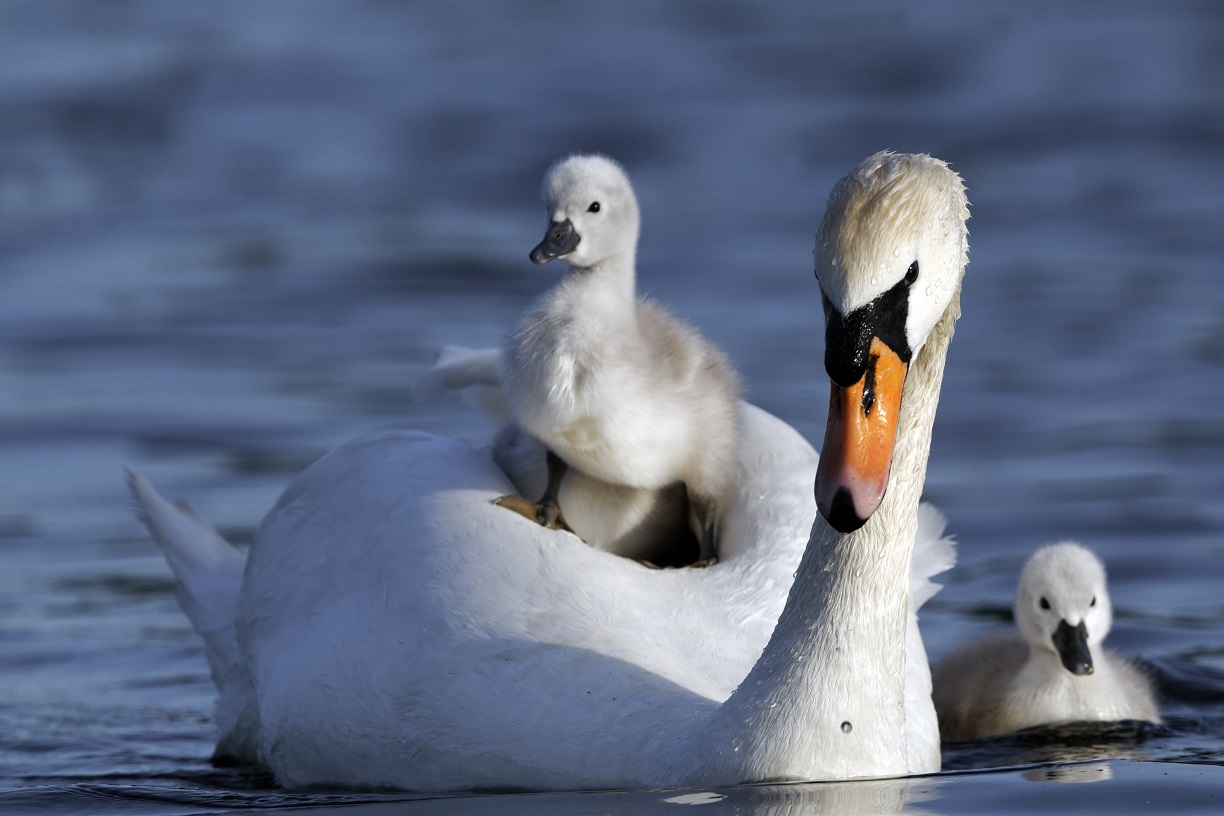If you are out and about and see large, white birds on the water, chances are you will know their name. The Mute Swan is one bird which is familiar to all of us, writes Elizabeth McArdle.
These stately, serene creatures were originally wild but now frequent human neighbourhoods such as urban lakes, farm ponds, sheltered bays and wetlands. Their primary food source is submerged vegetation with a small quantity of frogs, water insects and fish.
Humans love to feed swans with delectable items such as grain, corn, grapes, salad leaves and defrosted peas. Bread, chips, cakes, cookies, dairy products, and junk food should never be fed to swans as their digestive systems cannot cope with these food items.
Their nests can be elaborate affairs, built above the water level from waterside vegetation, which is reused from year to year. Reusing materials is always good for the planet and we humans could learn a lot from the example of these ‘eco-friendly’ birds.
Nest building is done by both parents, the male bringing the nest material to the female, and it is she who does the structural work. They remain together for life and their brownish, grey chicks, known as cygnets, are defended with tooth and claw.
If you hear a hoarse whistling sound or loud snorting noises near a swan’s nest, the likelihood is they are protecting their precious young, so don’t venture near.
When the family wish to move across the water, the tiny cygnets snuggle into the soft feathers on the backs of their parents and travel in style. After twelve months, their feathers gradually turn snow white.
Getting to know the names of God’s creatures is always worthwhile. It connects us to nature and to God, the creator of all. The sensational swan is a good one to start with as you already know its name. In no time, many more names will be added to your lengthening list of knowledge.
First published in the January/February 2022 issue of the Far East magazine. Subscribe here: https://columbans.ie/product/far-east-magazine-yearly-subscription

